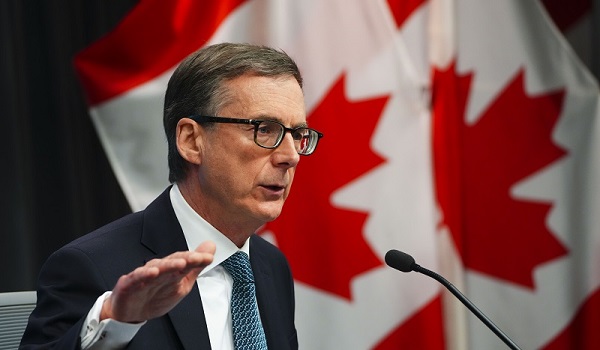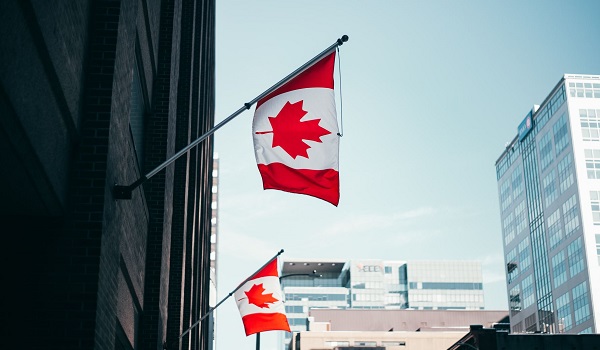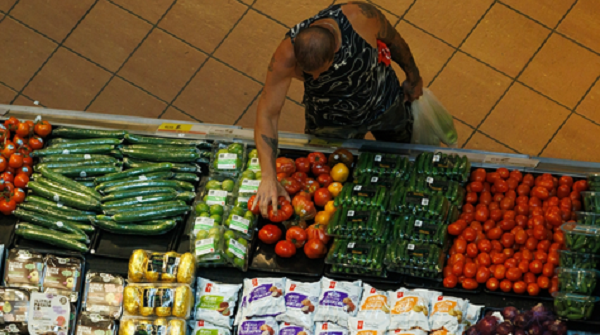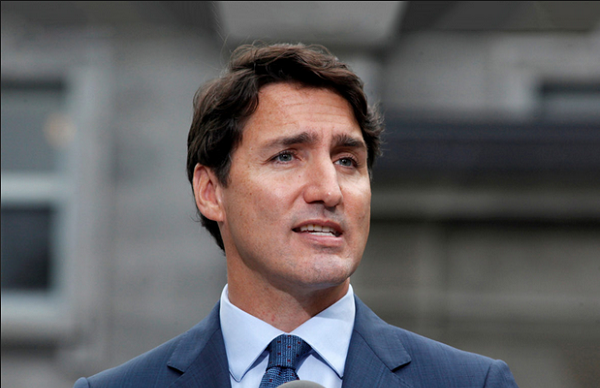Bank of Canada keeps key rate steady at 5 per cent, says it’s getting closer to rate cuts
The Bank of Canada held its policy interest rate steady for the sixth consecutive time, but said that it is growing more confident that inflation is moving back to its target even as it upgraded its forecast for economic growth.
As widely expected, the bank’s governing council kept the overnight lending rate at 5 per cent, a level reached last summer after one of the most aggressive monetary policy tightening campaigns on record. High interest rates are designed to cool the economy and slow down inflation.
Bank of Canada Governor Tiff Macklem would not say when the bank will start lowering interest rates. But he said he’s growing more confident that price pressures will continue to ease, following surprisingly large declines in both headline and core inflation in recent months.
”We are seeing what we need to see, but we need to see it for longer to be confident that progress toward price stability will be sustained,” Mr. Macklem said, according to the prepared text of his press conference remarks.
”The further decline we’ve seen in core inflation is very recent. We need to be assured this is not just a temporary dip.”
Bay Street analysts and traders widely expect the bank to start easing monetary policy around the middle of the year, with most betting the first quarter-point rate cut will happen in June.
The bank appeared to reinforce this view with a more dovish rate announcement statement that removed a reference to officials being “concerned” about underlying inflation. However, Mr. Macklem warned that the governing council remains wary of cutting interest rates too soon or moving too quickly once rate cuts start.
”We don’t want to leave monetary policy this restrictive longer than we need to. But if we lower our policy interest rate too early or cut too fast, we could jeopardize the progress we’ve made bringing inflation down,” Mr. Macklem said.
In its quarterly Monetary Policy Report, the bank downgraded its forecast for inflation and upgraded its forecast for economic growth, with the latter revision largely due to rapid population growth.
Annual Consumer Price Index inflation hit a four-decade high of 8.1 per cent in 2022, and has been declining since then. Central bank economists now see inflation averaging 2.6 per cent this year, down from the previous estimate of 2.8 per cent.
Inflation is projected to remain close to 3 per cent in the second quarter of 2024, partly as a result of rising oil prices. It is then expected to move below 2.5 per cent in the second half of the year, led by slower price growth for shelter and food.
The bank expects inflation to reach its 2-per-cent target in 2025. Because monetary policy works with a lag, the bank will likely start cutting rates before inflation is all the way back to target.
While the inflation picture is improving, so is the bank’s outlook for economic growth.
Over the past year, the Canadian economy has struggled to grow under the weight of high borrowing costs and rising debt service costs, including increases in monthly mortgage payments.
Consumer spending and business investment have been weak, and the unemployment rate has risen a full percentage point over the past year, hitting 6.1 per cent in March.
Recent GDP growth, however, has come in stronger than the bank expected. The bank revised its first quarter annualized GDP forecast to 2.8 per cent from 0.5 per cent. And it upgraded its 2024 GDP forecast to 1.5 per cent from 0.8 per cent.
Much of this increase is being driven by much stronger-than-expected population growth, which has continued to drive overall economic growth even as GDP-per-capita has declined over the past 18 months.
Economic growth has also received a boost from the exceptionally strong U.S. economy, which has supported Canadian exports, as well as several idiosyncratic factors, such as the end of public sector strikes in Quebec.
Looking forward, growth will be supported by the completion of the Trans-Mountain pipeline extension, increased residential housing investment and high levels of government spending.
The bank noted that government spending is projected to pick up from 2.5 per cent in the second half of 2023 to 3.5 per cent in the first half of 2024, based on recent provincial government budgets. That estimate does not include spending in the upcoming Federal government budget, which will be delivered on April 16.
In the past, Mr. Macklem has warned that increased government spending could get in the way of inflation coming down.
While recent inflation data has been better than the bank expected, there are still upside risks that could push back the timeline for when the bank starts cutting rates. Real estate prices remain a particular concern, with many would-be buyers waiting on the sidelines for interest rates to come down.
”Inflation could be higher if global tensions escalate and this boosts energy prices and further disrupts international shipping. House prices in Canada could rise faster than expected. And wage growth could remain high relative to productivity,” Mr. Macklem said.
Alongside its updated forecasts, the bank also increased its estimate of the “neutral rate” by a quarter percentage point. The neutral rate is the bank’s estimate of where the policy rate would settle if inflation were on target and the bank was neither trying to stimulate nor restrain the economy.
The new estimate puts the neutral rate between 2.25 per cent and 3.25 per cent. This revision was driven largely by the U.S. policy makers increasing their neutral rate estimate, although there were also domestic factors involved, including changing demographics and savings patterns in Canada.
This article was first reported by The Globe and Mail
















